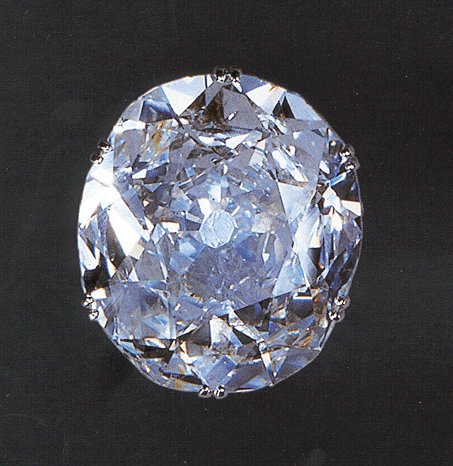 I realized I have discussed some of the gender issues for Victorian women in The Moonstone, but there are also issues for the men.
I realized I have discussed some of the gender issues for Victorian women in The Moonstone, but there are also issues for the men.The two young cousins Franklin Blake and Godfrey Ablewhite are typical of upper middle class men. Franklin we are told has spent through the money he inherited from his mother and has debts but he also has expectations from his father. He has been educated abroad because of his father's eccentricity but it is also clear that his education is the more bohemian of the two cosuins. He describes living with an artist in Italy and learning the decorative painting and creating the medium for paint while being there. His opinions at dinner are also more Bohemian. Even his facial hair would be considered Bohemian. (I have to admit that when I came to watch rehearsal and the actor playing Franklin Blake had a beard I was delighted both because it is how he is described in the novel and it is so appropriate to the character.) Even the cigars that Franklin smokes are considered gentlemanly while the clay pipe smoked by Betteredge would denote a servant.
In fact, Collins and a friend grew beards in advance of a trip to the continent because they thought they it would help them blend in. Blake's study of art is not unlike a trip Collins took to the continent with his painter father and the rest of the family when he was a teenager.
His cousin Godfrey is in similar but a slightly less advantageous situation. His father is more self-made and runs the bank in Frizinghall. He speaks of affording his "little lodging" and "two coats a year." He is a Barrister and active in religious and social organizations his ladies groups. In early drafts it is clear that Collins considered making Ablewhite a clergyman perhaps involved in reformatories like the one to which Rosanna Spearman was sent. Some critics believe Dickens may have asked him to "defrock" the clergyman before the story went to print.
 Blake and Ablewhite present two competing ideas of masculinity in the era and yet both are still could be somewhat standard Victorian men.
Blake and Ablewhite present two competing ideas of masculinity in the era and yet both are still could be somewhat standard Victorian men.Marriage for both men had certain challenges. The Victorian upper classes had certain expectations about the standard of living necessary to support a wife. Both are eligible bachelors but if Blake were disinherited his situation would become more problematic. Ablewhite would need to marry a woman of sufficient income to aid his own










